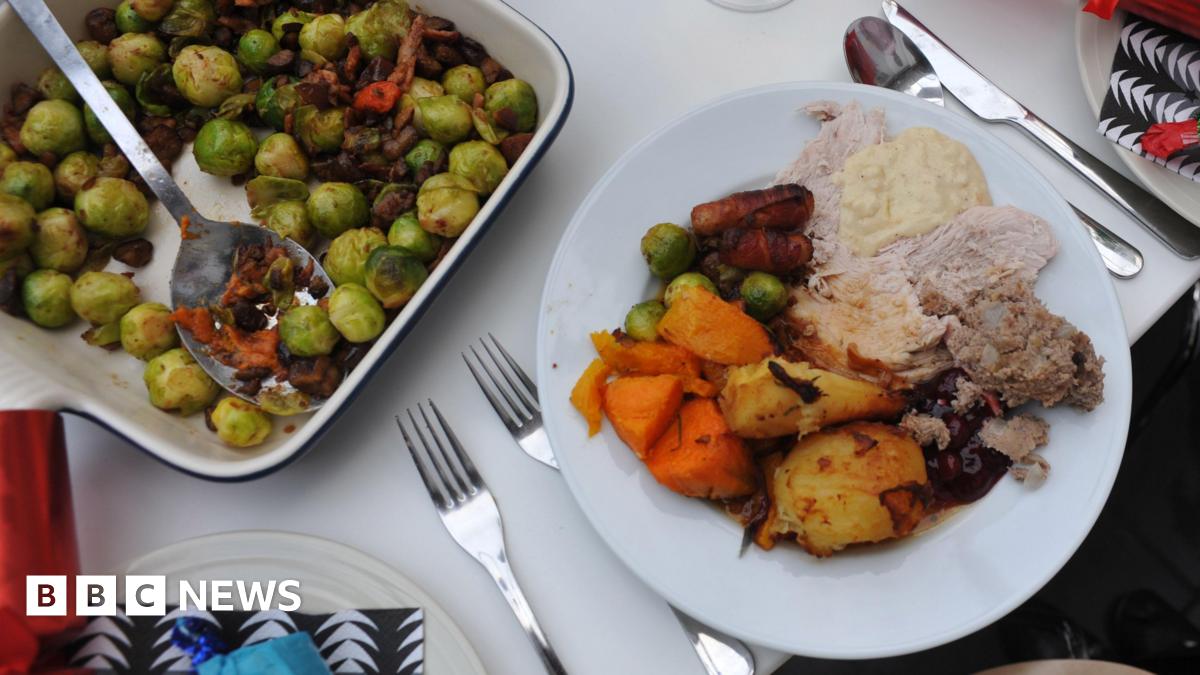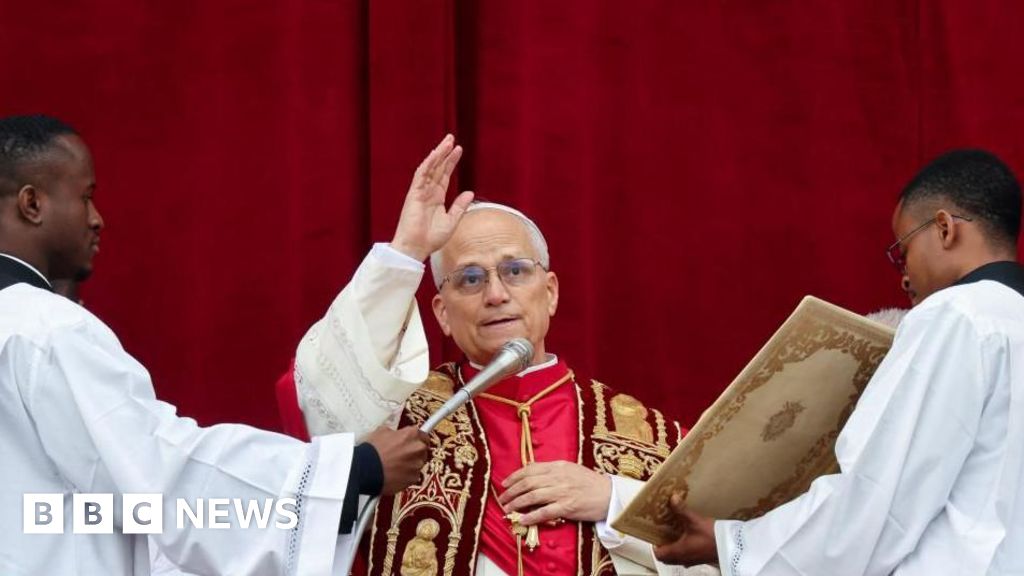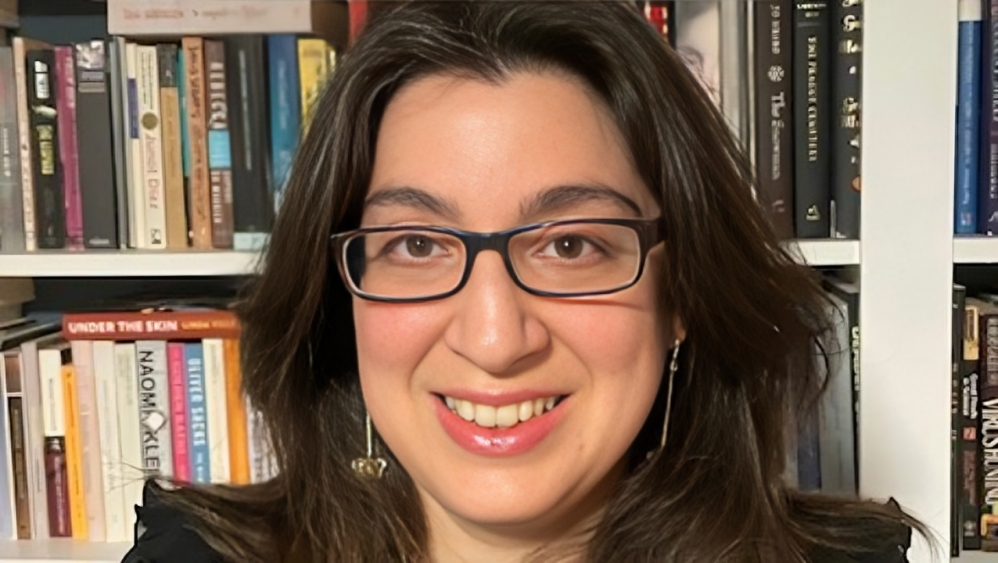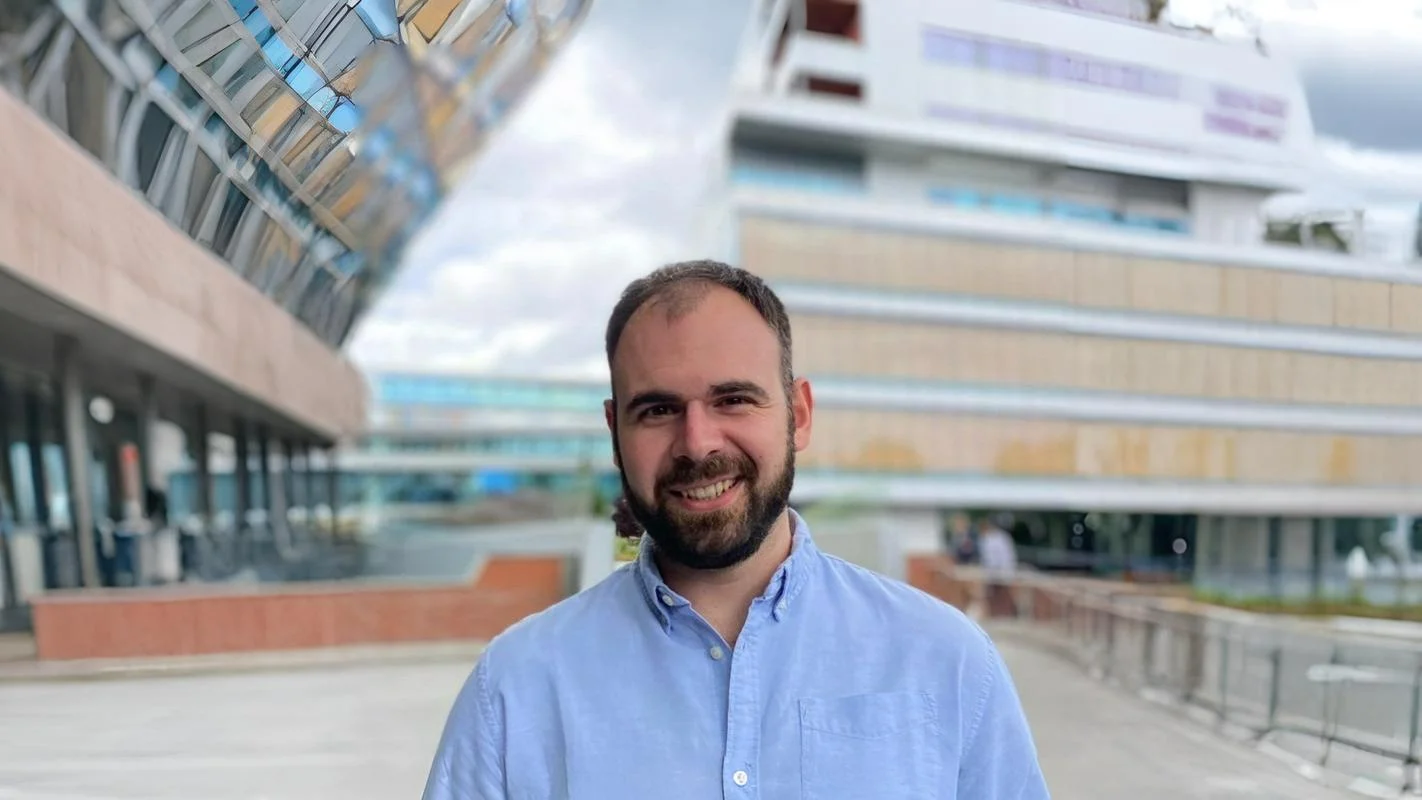Ms Durant added: “Some people would literally be living on the streets, and if we weren’t open that’s where they’d stay for the week.”
She said the project also offered “a clothes bank, a toiletry bank and some good entertainment throughout the…

Ms Durant added: “Some people would literally be living on the streets, and if we weren’t open that’s where they’d stay for the week.”
She said the project also offered “a clothes bank, a toiletry bank and some good entertainment throughout the…

On Dec. 25, Christmas Day, a few stores in Michigan will be open.
Here’s a list of stores and restaurants open on Christmas Day:
Sheetz: Stores are open with regular hours (24/7).
7-Eleven: Most stores are open 24/7 (including on Christmas), but some locations’ hours can vary.
Copyright 2025 by WDIV ClickOnDetroit – All rights reserved.

Pope Leo has urged Ukraine and Russia to find the “courage” to hold direct talks to end the war during his first Christmas remarks to crowds in St Peter’s square.
He called for an end to conflicts around the world during his Urbi et Orbi address,…

Valsamo Anagnostou/anagnostoulab.org
Valsamo Anagnostou, Co-Director of Thoracic Oncology Precision Medicine Center of Excellence and Division of Upper Aerodigestive Malignancies and…
FAO. Food and Agriculture Organization of the United Nations, Countries by Commodity. https://www.fao.org/faostat/en/#rankings/countries_by_commodity_exports (2023).
Ferguson, A. R. The genus actinidia. Kiwifruit: Sci. Manage. Chap. 3, 15–35…


Dimitrios Salgkamis/LinkedIn
Dimitrios Salgkamis, PhD student at Oncology-Pathology Department, Karolinska Institutet, shared a post on LinkedIn:
“In my first visit to the US, I had…

Greater interoperability arrives for EU iPhone users as Apple opens iOS 26.3 to third-party accessories under DMA pressure, reducing ecosystem lock-in and expanding competition across connected devices.
The…

Rome
—
Pope Leo XIV celebrated the first Christmas since his election by denouncing the suffering of people of Gaza – taking shelter in tents from the “rain, wind and cold”…